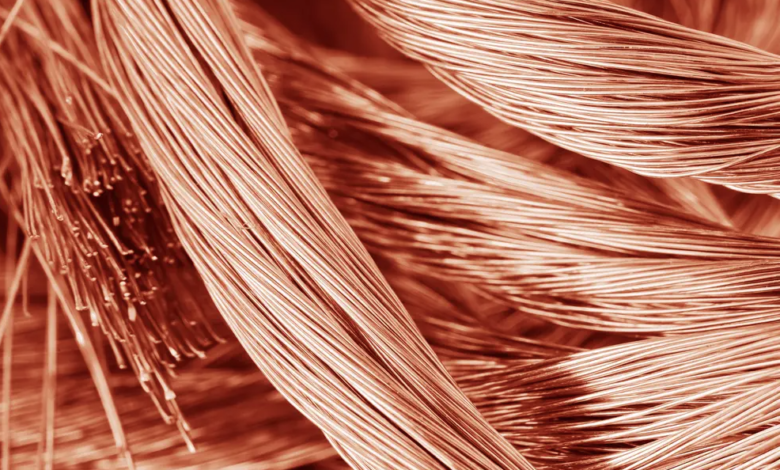Renewable plants and batteries cut the metals of their diet
Towards a supercycle for the metal industry?
(sustainabilityenvironment.com) – It is no mystery that the energy transition is associated with a high intensity of minerals and that, with the growth of the plants, will inevitably also increase the demand for all essential metals for green and renewable plants technologies. But the compartment is not left loose. On the contrary, for photovoltaic, wind and batteries there is a progressive improvement in the efficiency of the use of elements such as aluminum, copper, steel, silicon, nickel and cobalt.
BloombergNEF reports in a new blog post. Analysts report a “saving” trend for those who have defined the three pillars of the energy transition- wind, solar and battery storage systems – which should increase over time. Probably driven by the latest supply constraints and price volatility, the three segments promise to become increasingly efficient in the use of major metals.
BloombergNEF estimates for example that the amount of copper in an onshore wind farm will drop by 10% – to about 2,500 kilograms per MW – by the end of this decade; at the same time steel consumption could drop by 3% reaching 150 tons per MW. Meanwhile, in solar technology, the silicon used by the panels should increase from 3 tons per MW to 2 tons, and the aluminum of large plants fv from 15 t/MW to 13 t/MW. And again: in rechargeable lithium-ion batteries, by the end of the decade the use of the same lithium will increase from 670 to 630 kg/MWh, cobalt from 70 to 50 kg/MWh, nickel from 260 to 140 kg/MWh. And for each of these three sectors, the expected declines in metal consumption become more pronounced as we move towards 2050.
“The new generation of metals is enabling the next generation of renewable plants energy,” said Sung Choi, BNEF analyst. “Metals are generally classified as raw materials, but in reality they are specialized products that are constantly improved with new technologies”. Only in the offshore wind industry, where the use of copper per megawatt is on the rise, is the trend to save. But so is the generation capacity of each turbine, now ready to impress with giants over 15 MW.
“However – the company is keen to point out – the total volume of metals used in the coming decades will increase as the energy transition introduces greater energy and storage capacity. And this could lead to a supercycle for the metals and mining industry”.






